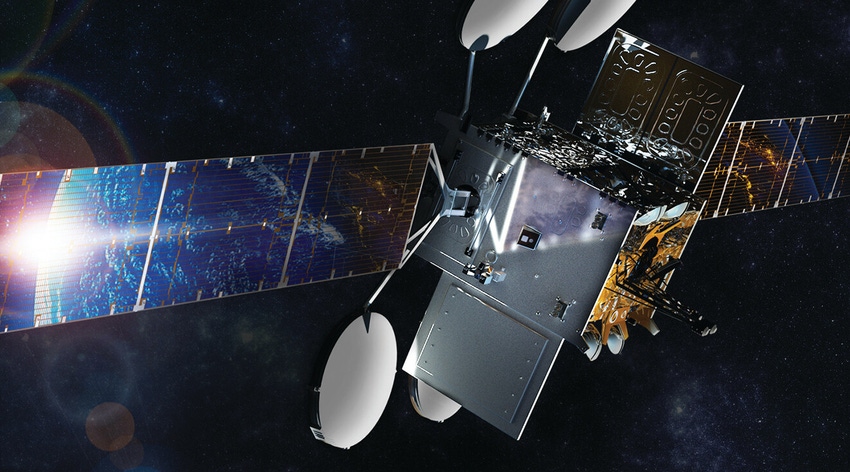The UK's competition watchdog thinks Viasat's $7.3 billion acquisition of Inmarsat won't harm competition in the satellite sector after all.
March 6, 2023

The UK’s competition watchdog thinks Viasat’s $7.3 billion acquisition of Inmarsat won’t harm competition in the satellite sector after all.
This is the provisional conclusion of the Competition and Markets Authority (CMA)’s Phase 2 investigation. It was published last week, but the announcement flew under the radar somewhat because the global telecoms industry was at Mobile World Congress (MWC), collectively tying itself in knots about what it is and what it should be doing.
According to Richard Feasey, chair of the CMA inquiry group that conducted the review, “while Viasat and Inmarsat compete closely, the evidence suggests that the merged company will face significant competition in the coming years – from both emerging players like Starlink and from established firms like Intelsat and Panasonic.”
This represents something of a U-turn compared to the Phase 1 investigation. The CMA warned last October that Viasat and Inmarsat both compete closely with each other in the in-flight connectivity market, and that there is “significant uncertainty” about when – if at all – new players like OneWeb, Telesat, and the aforementioned Starlink “would be in a position to compete effectively.”
These concerns were what prompted the more in-depth Phase 2 probe in the first place. However, it seems that the CMA now thinks it was being overly cautious.
“This is an evolving and rapidly expanding sector, in which there have been significant developments even during the course of our 4-month investigation,” said Feasey. “We see this continuing as demand for satellite connectivity increases.”
Indeed, there have been multiple and varied satellite-related stories here on Telecoms.com in the last month alone. Perhaps most noteworthy has been the ramping-up of efforts to incorporate 3GPP’s non-terrestrial network (NTN) standard into upcoming smartphones, enabling direct satellite-to-phone communications. Late February saw announcements from rugged phone brand Cat and Qualcomm about satellite-capable devices, and just last week, Viasat itself partnered with Ligado to offer direct-to-device (D2D) services via the latter’s SkyTerra satellite network.
The CMA has invited responses to its findings, giving interested parties until 21 March to submit their views.
As you might expect, Viasat and Inmarsat are more than happy about how Phase 2 has turned out.
“This is an important milestone in the regulatory process that acknowledges the strong evidence of the highly competitive nature of the global market for satellite communications which includes numerous providers, including well-established companies and well-funded new entrants,” they said in a joint statement.
“The combination of the two companies’ complementary technology and assets will create a better business that will offer greater capabilities to UK consumers and government customers alike. It will also play a critical role in creating new jobs and delivering the goals of the UK’s National Space Strategy.”
The CMA’s final decision on the merger is due by the end of the month.
Get the latest news straight to your inbox. Register for the Telecoms.com newsletter here.
About the Author(s)
You May Also Like








.png?width=300&auto=webp&quality=80&disable=upscale)


_1.jpg?width=300&auto=webp&quality=80&disable=upscale)


.png?width=800&auto=webp&quality=80&disable=upscale)